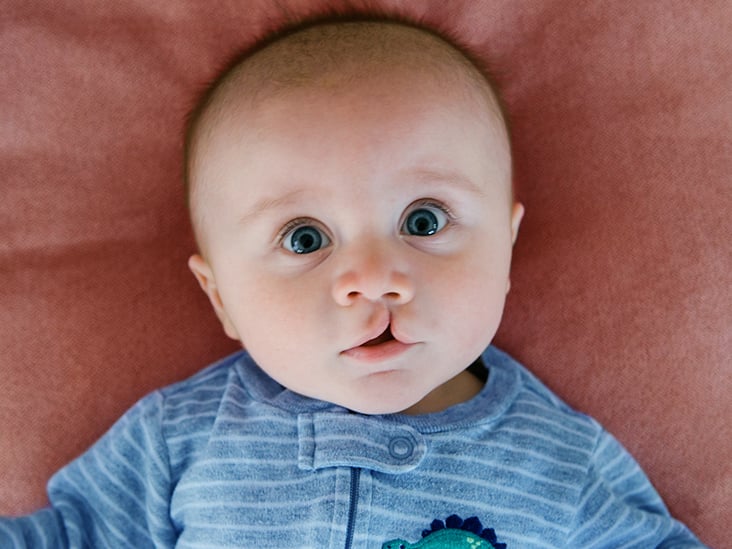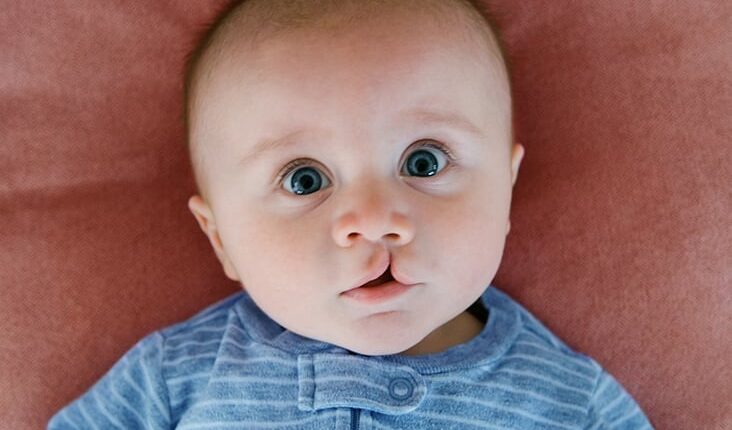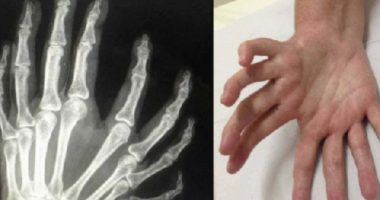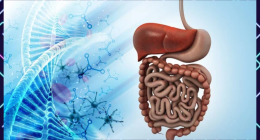 Cleft Surgery: Beyond Smiles, Changing Lives – A Cleft, a gap in the upper lip and/or the roof of the mouth (palate) is a facial birth difference that occurs when certain body parts do not fuse together during the first trimester of pregnancy.
Cleft Surgery: Beyond Smiles, Changing Lives – A Cleft, a gap in the upper lip and/or the roof of the mouth (palate) is a facial birth difference that occurs when certain body parts do not fuse together during the first trimester of pregnancy.
For every 700 babies born in India, one of them is born with a cleft lip or/and palate. With over 35,000 plus cleft cases annually, oral and facial clefts are amongst one of the most common and heart-breaking birth conditions in the country. A Cleft, a gap in the upper lip and/or the roof of the mouth (palate) is a facial birth difference that occurs when certain body parts do not fuse together during the first trimester of pregnancy. The cause of clefts is still open to several interpretations under various ongoing research globally. However, vitamin imbalances in the mother during pregnancy, exposure to radiation, and even exposure to toxic environments, and infections can contribute to the development of a cleft lip and/or palate in the womb.
While cleft as a condition is hugely prevalent in India, there is limited awareness about its care and treatment. Many children and their families do not get the specialized care that is critical for babies with clefts because of low awareness levels and various myths that are associated with clefts. Cleft lip and palate can lead to various other problems such as difficulty in swallowing, chewing, breathing, hearing, and speech development. The condition disrupts the normal facial appearance of a child. An unusual face caused by a cleft can have devastating consequences on a person’s self-esteem and social relationships. Many children with untreated clefts find it difficult to attend school, communicate fluently, find jobs, or even get married later in their life. At times cleft lip/palate is misconstrued as a lack of intelligence because of speech or facial differences.
Cleft Lip: The Many Challenges
The pain, of dealing with self-esteem and coping with these social situations, in addition to their own feelings about their appearance, can have a major impact on children’s emotional and mental state. Birth with a cleft lip and palate can feel like a curse which is an extremely common stigma. It is important to have conversations with cleft-affected children to ensure that theirs is only another journey, slightly different from their counterparts, and make them believe that the difference is only a part of their identity, which can never take away their capabilities. This counseling most importantly is expected to come from the child’s parents, who are his/her first zone of comfort.
The good part is that cleft is treatable and under expert supervision and timely intervention it is completely correctable, and the transformation is immediately visible. A quality reconstructive cleft surgery can be performed in as little as 45 minutes and the first intervention can take place as early as three months of age. The road to restoration can be a long and arduous one and depending on the severity of the condition, a cleft-affected individual may need to undergo more than one surgery and need to go through preoperative and post-operative procedures for a complete recovery.
Cleft correction procedure often goes just beyond surgery and requires a team of specialists including maxillofacial (oral) surgeons, orthodontists, anaesthesiologists, nutritionists, speech therapists,s and trained nurses to ensure comprehensive care for a smooth recovery. The road to normal life may vary for different patients and can be long and difficult for some but dealing with it patiently can definitely show the light at the end of the tunnel. What is most satisfying is that cleft surgery does not only correct the facial appearance, but it has a long-lasting impact on the child’s overall transformation and well-being. It restores to them something the rest of us might take for granted – a complete smile and a normal life. Home Page









